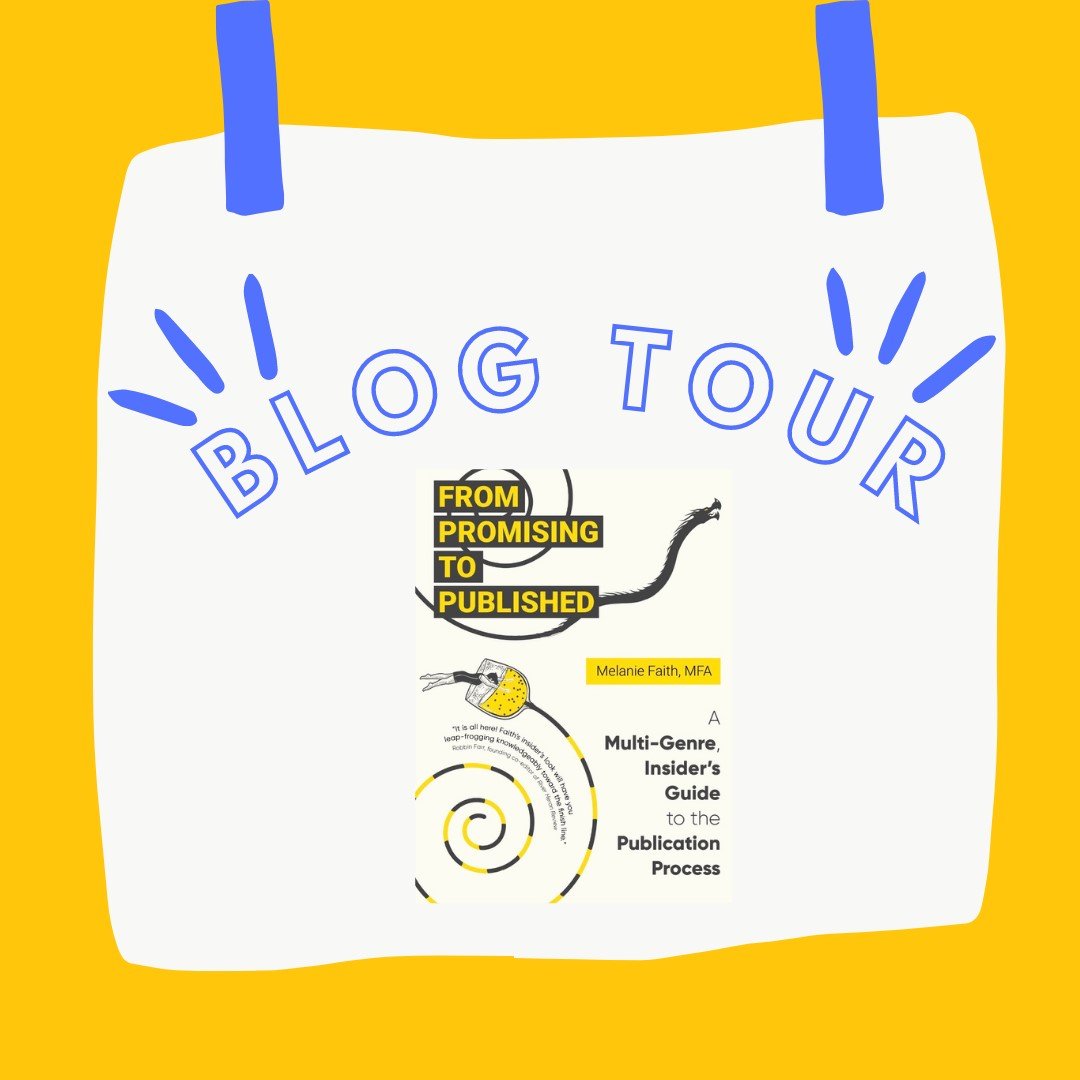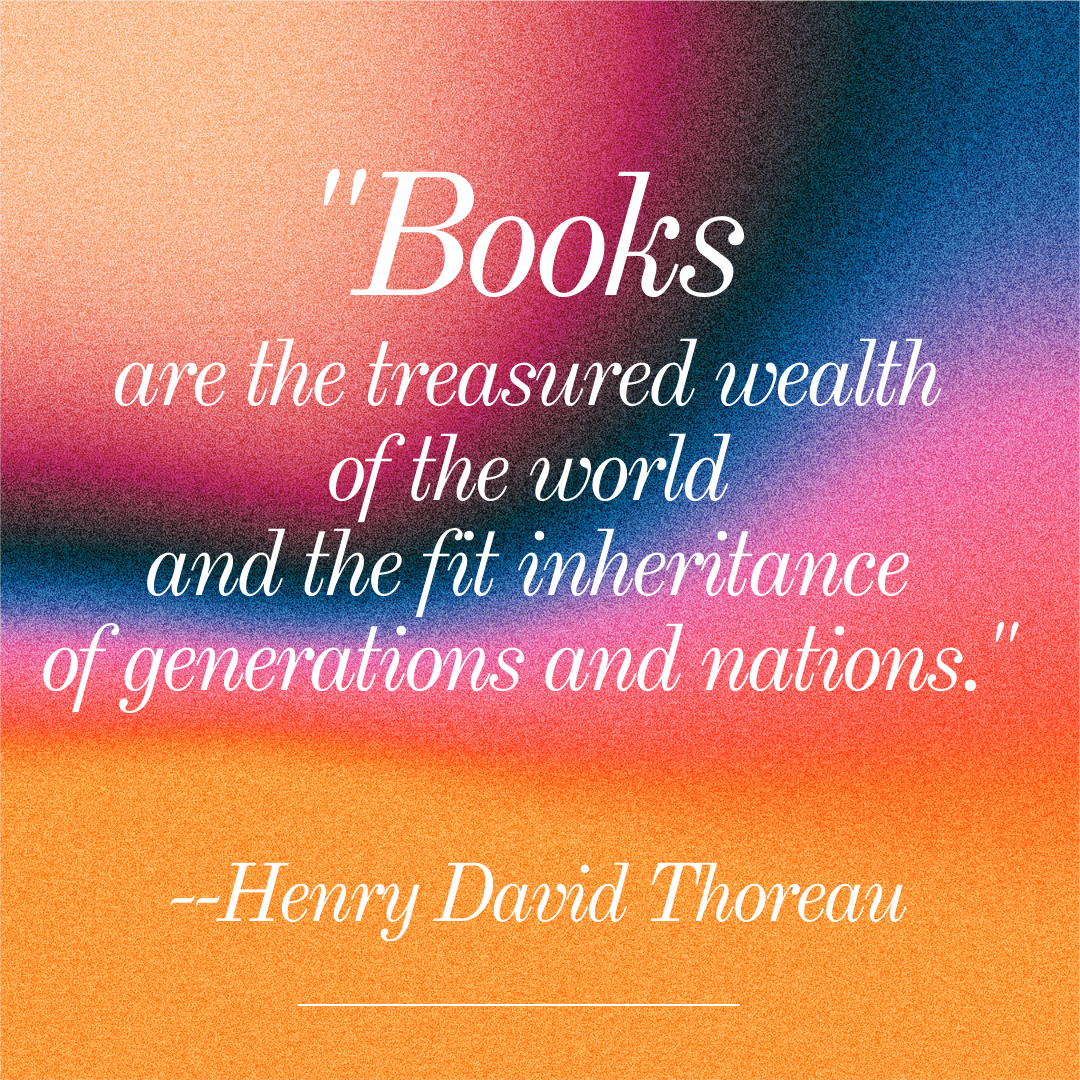Let’s take a look at six of these methods. Take one (or more!) for a spin today. Glean inspiration from:
Online articles. Many of my students have found their story ideas while reading either primary sources (first-hand accounts and/or articles written at the time of the events) or secondary sources (articles written in later time periods about historical eras). Most newspapers and colleges now have online databases and articles of literally thousands of letters and historical documents (such as birth, marriage, legal, and land-deed records) that can be perused for free or nearly free. If you take classes or teach, most universities subscribe to database services where you can find even more sources, but even a general online search outside of a school’s website can yield a field-day of resources on just about any historical figure, fact, epoch, or related historical topic you can imagine. Once you find an article of interest, you can then refine your search by typing the precise person, place, or event and filter articles, such as by year published/posted to narrow and focus your search. Have a notebook or word-processing document open for taking notes; always list the author and URL and/or bookmark your sources for handy return to this info for fact-checking later.
Photographs. Are you a visual person? Are you the kind of person who loves paging through old photo albums or yearbooks? Then this method is likely going to lead to stories aplenty for you. I remember visiting historical sites in elementary and high school and being fascinated by tintype photos as well as always being the partygoer magnetized by the photo albums on a nearby shelf. Perusing photos for what people wore, how they did their hair, how they assembled (or didn’t) as a group in photos, who was missing from the photos and why, who took center-stage in the photos, whether the shots were made in a formal studio or by a personal camera in the driveway before the prom, all of these aspects of photos intrigued me and created sense impressions and questions that could easily lead to great fiction. Photos are especially great for writing descriptions of indoor and outdoor settings as well as physical details for characters.
Questions we don’t know the answers to at the moment. This is one of my favorites. So often, I’ll stumble upon a document or a reference in a nonfiction book and several questions will pop into my mind about related ideas that didn’t (for good reason) make it into whatever I’m reading. I keep my writing notebook handy and jot down questions that arise from resources. Later on, these questions can lead to exploration into a character’s motivations and struggles that inform their actions and possibly whole scenes can result. A little bit like a magician’s colorful scarf—one question leads to another and another related question that can reveal images, dialogue, cultural references, and more to inspire writing.
Memories. What did you like to learn about most in history classes in school? Conversely, what did teachers never talk about that they should have or you wish they would have? Answering these questions could certainly help with setting and character development if/when you plunk your protagonist in the middle of the era you’ve always found fascinating.
Visits to museums or national parks. Almost every community around the world has hidden-gem museums about their town, region, or country with amazing historical resources for low-cost entrance and/or donations. Ditto for university and college archives that are open to the public, to alumni, and/or to the school community. Check websites or contact your local archivist or docents for hours or to email/text to arrange a visit. Want to walk through some history? National parks can be inspiring resources and a great way to take a break from the desk for the day. Take a camera and/or photos with your phone to remember specifics about landscape later. Bonus: jot some sensory impressions and notes while you’re there—details flit through our minds on-site that we are sure we’ll remember …and then don’t.
Reading. Hello, libraries! It doesn’t matter how many books there are about a topic or historical figure or era or time-travel element—there’s always room for more. When I want to write about a certain era, I’ll read through a few recent and/or long-ago books about the topic, to see what’s already been written and where there might be pockets of information missing or where fresh ideas for a different POV or character arise. Reading and leaving reviews for others’ books is also a great way to give back to the literary community while informing yourself and immersing yourself in a time period to inspire your own totally different but equally interesting historical book.
















